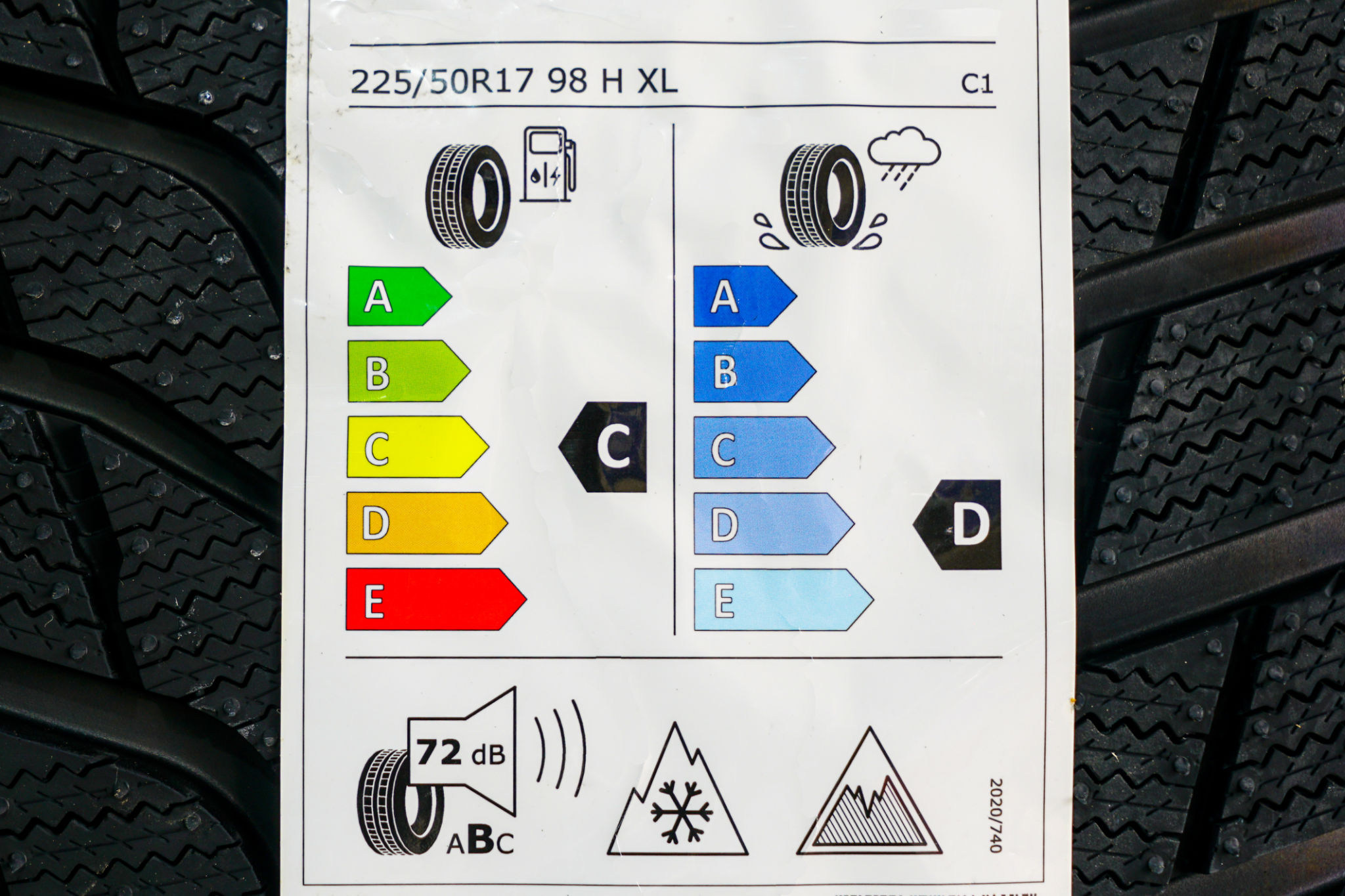Understanding Tire Ratings: What You Need to Know
Understanding Tire Ratings: What You Need to Know
When it comes to vehicle maintenance, understanding tire ratings is crucial for ensuring safety and performance. Tire ratings provide essential information about a tire's capabilities and limitations. In this guide, we'll break down the key aspects of tire ratings to help you make informed decisions.

What Are Tire Ratings?
Tire ratings are a standardized system used to convey important information about a tire's performance characteristics. These ratings include details about speed, load capacity, and temperature resistance. Understanding these ratings can help you choose the right tires for your vehicle and driving conditions.
Each tire has a code printed on its sidewall, which includes a combination of letters and numbers. This code provides insights into the tire's specifications and capabilities. Familiarizing yourself with this code can make a significant difference in your driving experience.
Decoding the Tire Code
The tire code typically includes the following components:
- Width: The width of the tire in millimeters.
- Aspect Ratio: The ratio of the tire's height to its width.
- Construction: Indicates the type of construction (e.g., radial).
- Diameter: Diameter of the wheel in inches.
- Load Index: Indicates the tire's maximum load capacity.
- Speed Rating: Maximum speed capability of the tire.

Speed Ratings Explained
Speed ratings indicate the maximum speed a tire can safely maintain. These ratings are represented by a letter, with each letter corresponding to a specific speed range. For example:
- Q: Up to 99 mph
- T: Up to 118 mph
- H: Up to 130 mph
- V: Up to 149 mph
Choosing a tire with the appropriate speed rating for your vehicle is important for safety and optimal performance.
Load Index and Its Importance
The load index is a numerical code that indicates the maximum load a tire can carry. This information is crucial for ensuring your vehicle can handle the weight of passengers and cargo. Overloading tires can lead to premature wear or even tire failure, so it's essential to adhere to the recommended load index.

Temperature Resistance
Temperature resistance ratings indicate a tire's ability to dissipate heat. Tires with higher resistance can handle more heat, reducing the risk of overheating and blowouts. These ratings are categorized as A, B, or C, with A being the highest level of resistance.
When selecting tires, consider the climate and driving conditions you'll encounter. In hotter climates, tires with higher temperature resistance are advisable for maintaining safety and performance.
Conclusion
Understanding tire ratings is essential for making informed decisions about your vehicle's tires. By familiarizing yourself with the tire code and its components, you can select the right tires for your needs, ensuring safety and optimal performance. Remember to consider factors such as speed rating, load index, and temperature resistance when choosing your next set of tires.